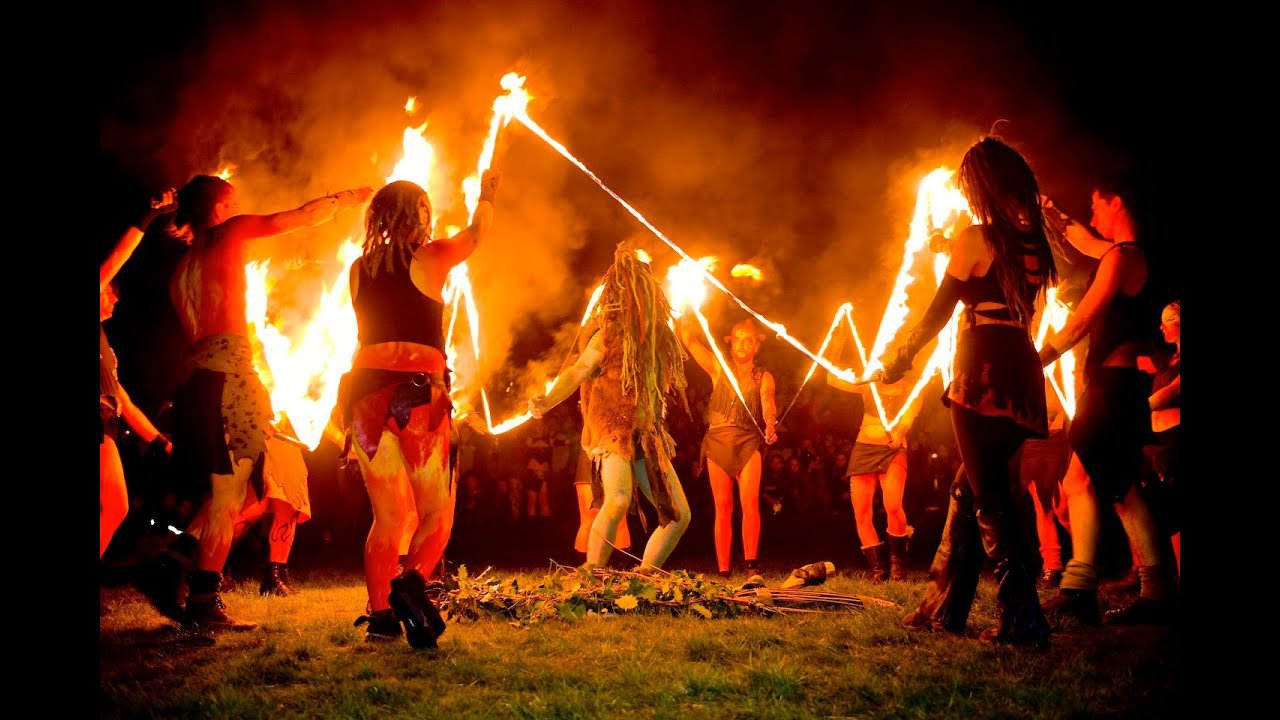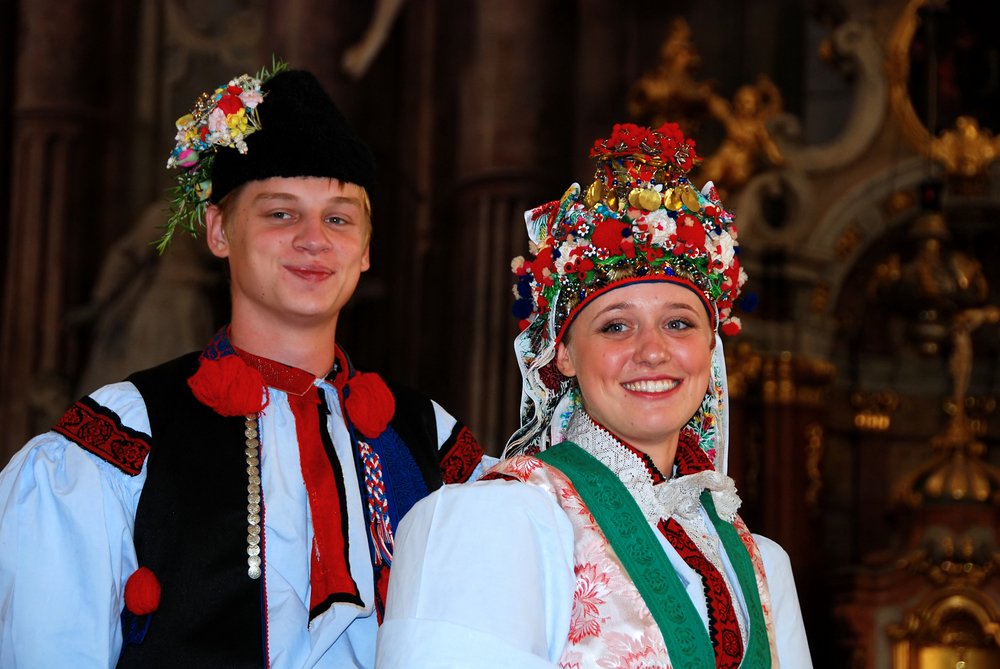One would wonder what relates young couples and the popular witches night festival in Czech republic. It is all a part of the festival. Although it is not really observed as much as it used to be, it is important you know a bit about this tradition.
Prague has more than its fair share of rituals and traditions, one of which sees young lovers jump over the dying embers of bonfires. Single men are also encouraged, on this day, to leave tokens of freshly cut branches on the doorstep of the women of the affections.
It was once believed that the evil powers on this evening, which falls in between the ancient feast days of St. Jacob and St. Phillip, were far stronger than normal and that for this evening only they ruled over the good. Flocks of witches riding broomsticks were said to soar the skies, and the Czechs believed that the bonfires would bring them down in flames.
Nowadays the celebration is far more light-hearted, and the biggest bonfire in the country takes place in the centre of the Czech capital. It bears an obvious resemblance to Halloween.
But instead of clusters of young boys and girls in costumes from the movie Frozen, they all don witch hats and brooms as they set off into a near preserve, where they seek out witches hiding among the trees. For their efforts, they are rewarded not with a pillowcase of candy bars, but a sausage that they cook over a fire with their parents.
Witches Night, known as Čarodějnice in Czech, is perhaps better known by its German name, Walpurgisnacht (“Walpurgis Night”).
t is celebrated in some form across northern Europe, from Finland to Estonia, to the Netherlands. There are many interpretations regarding the roots and meaning of this tradition. But experts most commonly believe that this ceremony is meant to celebrate the end of winter and the beginning of spring.
Why that specific day, you ask? For the simple reason that, according to the Czechs’ Slavic forebears, April 30th was the exact day when evil forces reached their peak after having proliferated and thrived during the long, cold and dark winter months.
Burning witches was, therefore, a cathartic act meant to cast away and ward off these evil spirits. To cleanse the air, so to speak. There’s nothing gloomy or remotely satanic about the ritual, for those who wondered.
Bonfires are lit on the last day of April and soon become the epicentre of joyful festivities, in the company of one’s families, friends and neighbours: sausage barbecues, kids’ games, outdoor music concerts, costume contest, etc.
Pálení čarodějnic fills the early-spring air with songs, chanting and laughs. Other European countries have similar traditions. Slovaks, for instance, get together two weeks before Easter and burn an effigy of Morena, the ancient goddess of winter and death, before throwing her in a nearby river. The purpose is the same: celebrating, with loved ones, the end of winter and hardships associated with it.



























